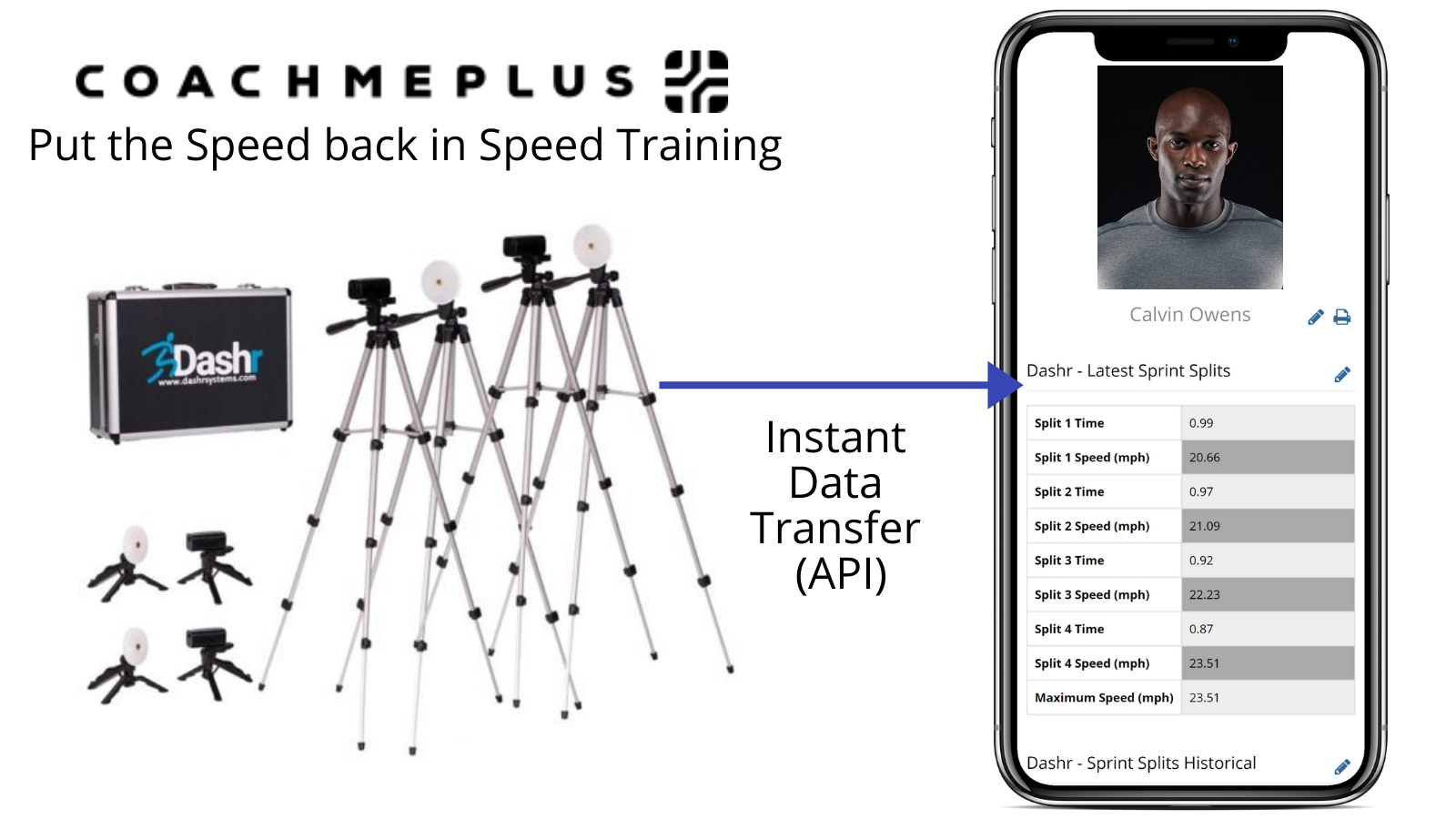
All speed tests are direct assessments of athlete speed and potential indicators for talent identification. While speed tests are very useful in sports performance and sports medicine, they are often a logistical challenge with groups, unmotivated athletes, or athletes with unacceptable readiness levels. Athlete speed is a valued characteristic in sports, and testing it properly requires following a protocol, as well as having the right equipment and staff. This guide will discuss common tests, equipment like timing gates, and proper set-up for the most accurate results.
The best practices in speed tests, ranging from short acceleration qualities to maximal velocity ability to fitness levels with repeated sprint scoring. In addition to the popular tests themselves, this guide tells you how to analyze and interpret the data for training and conditioning needs.
The Common Athlete Speed Tests
Speed tests are the most valued scores in sports performance. Field testing player speed is both inexpensive and simple to do. While jump testing performance is associated with leg power and possible athlete speed, direct measures of athlete sprinting ability are still necessary. Specific distances and timing preferences exist in the scientific literature, but the most important factor is repeatability of the measurement. You can administer all of the tests below with simple smartphone video apps. However, due to time constraints and convenience, most coaches use electronic timing to measure performance.
Acceleration
Any distance where the athlete continues to gain speed is considered a measure of acceleration. Typically, most speed tests in team sport are 10-40 meters in length, which is a sufficient distance to measure the ability to accelerate.
Maximal Velocity
Top-end speed represents the athlete’s peak velocity and it occurs when an athlete can no longer accelerate. In order to properly assess maximal speed, the length of the sprint should be greater than 30 meters with senior-level athletes. A distance of 10 meters after acceleration is long enough to sufficiently calculate peak velocity.
Repeated Sprint Ability
Multiple short sprints with abbreviated rest periods are valid ways to evaluate player anaerobic conditioning. Aerobic factors do contribute to recovery, but they are not primary influences on testing success. For proper analysis, you need a baseline sprint to calculate decay of speed from fatigue.
Short Shuttle Tests
Continuous shuttle sprints are not actual measures of speed, but are anaerobic conditioning tests that require athlete speed to score favorably. Due to their poor correlation to performance, most shuttle tests are done to evaluate the mental condition of the athlete as a psychological assessment.
5-10-5
Testing that requires an athlete to decelerate and maneuver in another direction is associated with agility but only assesses raw capacity. Change of direction testing comes in many forms. One of the most popular is a 20-meter or 20-yard distance in total, which requires an athlete to sprint side to side.
Testing speed does require the athletes to be fresh and injury-free. We highly encourage coaches to make sure the warm-up is extensive and to perform the test on a familiar surface.
Time and Space Required for Testing
Assessing speed is more demanding than testing vertical jumps, as the space required is about twice as long as the distance tested. Athletes must decelerate after a sprint, thus requiring space after the measurement point to be clear and open. The longer the distance, the more space required, and the surface must be dry, clear of debris, and properly maintained. You must use the same surface again when retesting in order to make a valid comparison.
Based on the requirements of safe sprinting, a testing period should include a complete warm-up and multiple sprints of at least two repetitions. It’s a popular approach to test multiple speed qualities in the same session, such as short acceleration and change of direction (COD). Due to this, it’s also common to have fewer repetitions per test. Most speed testing sessions last 30-60 minutes. However, this may depend on the total amount of trials per athlete and the size of the group.
Equipment and Procedures
Assessing speed, whether linear or multi-directional, requires precise and accurate testing equipment and protocols. Coaches should use the same testing protocol for every test in order to track progress and make comparisons within the team, between each athlete, and to past performers. You can test athletes on a rubberized track, synthetic turf, or grass.
Using tools like athlete leaderboards gives coaches access to quick analysis among athletes and encourages development on a day to day basis.

Required Equipment for Speed Testing
There are several different types of timing equipment that can accurately measure athlete speed; most of them collect the time between the start and finish of the speed test. Timing gates—sensors that detect an athlete passing through each zone or distance—are most commonly used. Coaches usually report the total time, as well as splits—the time/distance intervals from beginning to end. Integrating sports science technology into an athlete management system is essential for coaches.
Here are the four options in speed testing. Each has unique benefits and limitations.
Electronic Timing Systems
Traditional sprint timing gates use a light beam between two sets of tripods placed at the beginning and end of the sprint. Some systems can synchronize together to assess intervals every 10 meters or yards, depending on the type of test used. If the athlete uses a stance where their hand is near the ground, some systems are able to start the timing when the hand releases the touch sensor.
Video Cameras
Modern smartphones and some tablets have high-speed cameras that can accurately assess speed. Depending on the app or whether the coach exports the video to a desktop program, post testing analysis can be done quickly. Smartphone apps are inexpensive, but do not provide instant feedback or fully automated timing. Thus, some systems are susceptible to human error.
Infrared Stations
In addition to jump testing, a few companies provide infrared solutions that enable coaches to get step-by-step data and near-continuous running speed when integrated with timing gates. The value of the equipment is that coaches can see early acceleration with far more granularity. They can also see additional speed parameters like stride length and stride frequency changes.
Laser or Radar Systems
Continuous instantaneous speed is of growing interest to sport scientists and becoming more popular with coaches as well. A radar system enables coaches to see velocity changes better than timing gates do. Lasers are options that coaches use because they provide instant analysis during training.

Testing Procedures
The most vital component of speed testing is the starting process of timing, as several options exist and each one has pros and cons. Timing systems detect an athlete’s first movement or the result of their first effort if properly set up. Most of the commonly used testing procedures are reliable enough that coaches can trust the data collected.
Errors in speed testing usually stem from improper equipment setup or improper athlete instruction. Sometimes familiarization with change of direction testing can inflate later improvements. However, for the most part, testing athlete speed is straightforward and reliable. Due to the sensitivity of speed testing, the athletes should be properly rested and use complete recovery intervals between sprint trials.
Analyzing Speed Performance
Gathering athletes testing metrics onto one dashboard gives coaches day to day insights on their athletes’ development. The most frequently used speed metric is total time of the given sprint distance. However, newer and more context-specific tests are also becoming more widely used. Due to changes in athlete weight or body mass during maturation, some team sports use specific momentum metrics to profile athletes. The use of instantaneous speed is growing, due to the equipment and benefits of connecting field testing to the game or practice velocity of GPS athlete tracking systems.
Next to total time, splits every 10 meters or yards are the most frequently used measure of speed due to the simplicity and accessibility of the speed data. Split times can help you estimate acceleration capabilities and make for easy comparison when evaluating athletes at a glance. Peak velocity and time to peak velocity are useful for both coaches and sport scientists, and the data is valuable for return-to-play strategies in sports medicine.
Change of direction deficit scores are new measures that are growing in popularity and use within the sport science community. While the testing is associated with lateral speed and athleticism, change of direction tests are only a component of agility.

CoachMePlus is a comprehensive solution for any training environment, ranging from scholastic level to pros, and including both military and private facilities.
DITCH EXCEL AND USE COACHMEPLUS
14 Day Free Trial- No Credit Card Information Required

Recent Comments